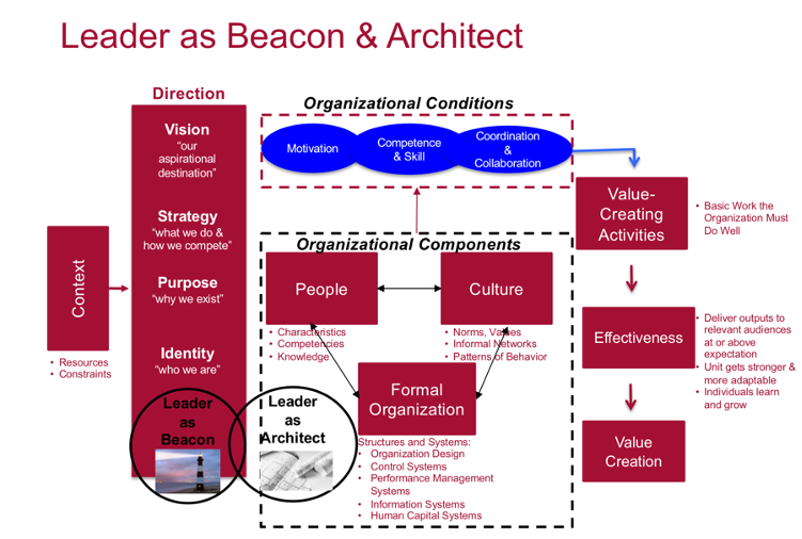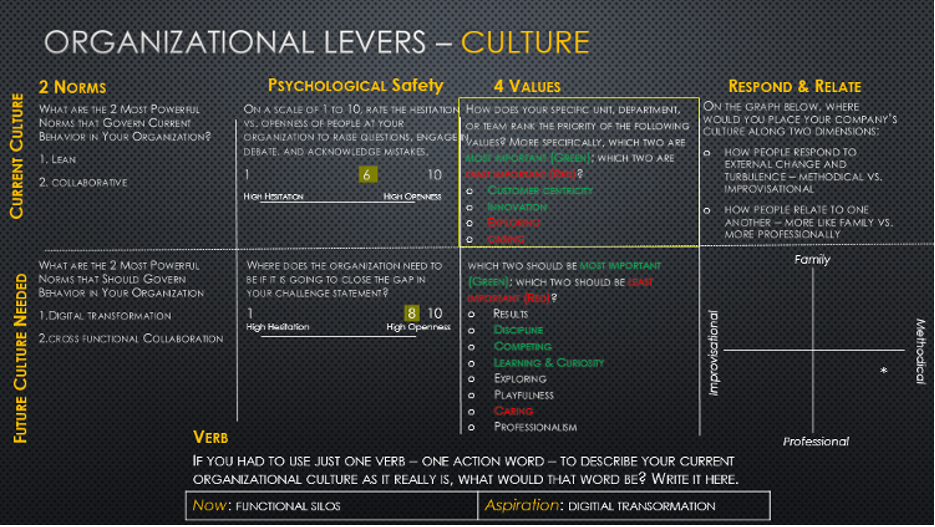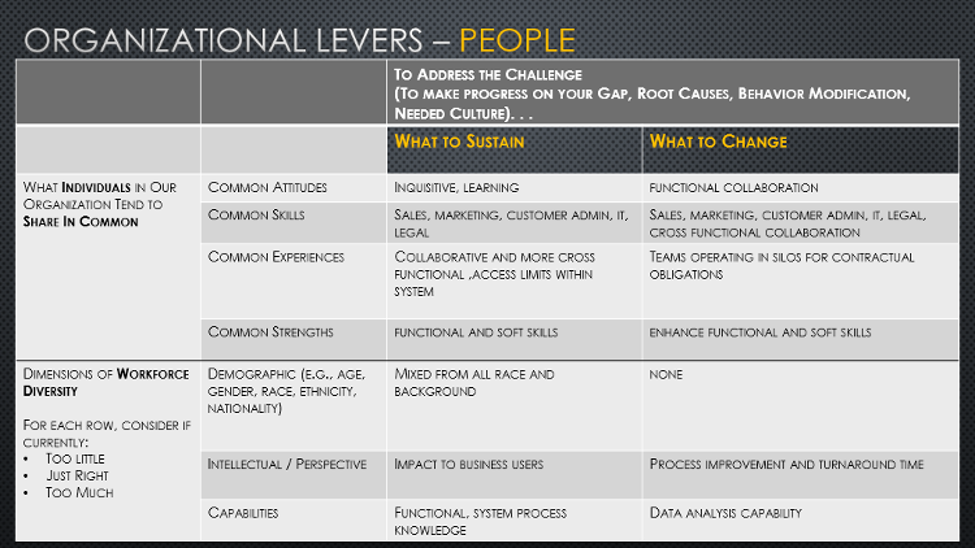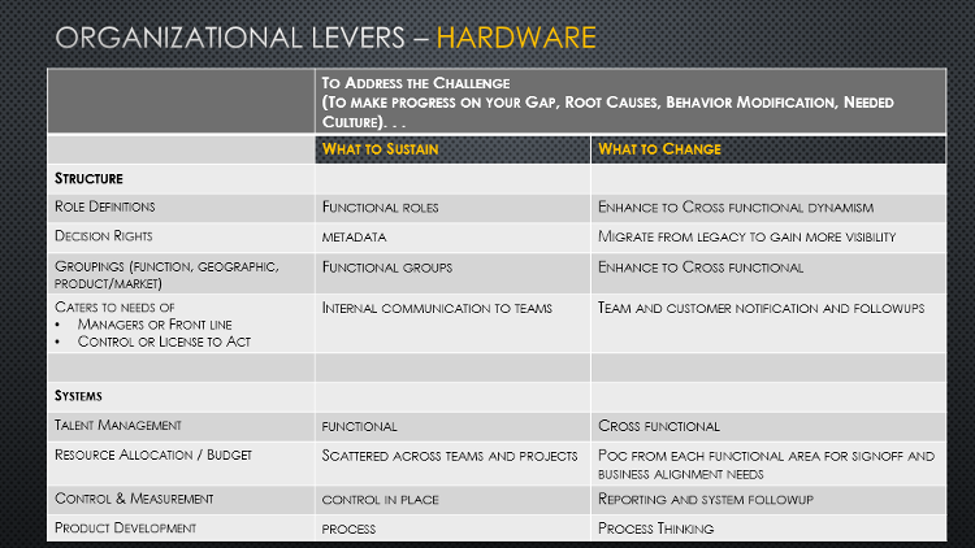Leadership and innovation are essential drivers of success in today’s business world. Leaders who possess a deep understanding of their industry, along with the ability to implement innovative strategies and drive change, are the ones who can guide their organizations towards growth and success. At the forefront of such leadership is Sumesh Menon.
Sumesh’s extensive experience in IT and supply chain management, combined with his expertise in digital transformation, technology-focused solutions, and innovative strategies, make him a thought leader in his field. With a proven track record of designing, managing, and leading digital transformations using the Oracle Suite of products, Sumesh has the ability to provide complex business requirement solutions within supply chain nodes, from procurement to manufacturing to distribution within the Oracle stack.
Sumesh’s educational background from top institutions such as Harvard Business School, Michigan State University, and Symbiosis, along with his experience in strategic planning and visioning, make him an expert in implementing and consulting on agile scrum, lean, TQM, and statistical analysis, as well as lean six sigma for clients across various industry verticals.
His proficiency in descriptive, predictive, and prescriptive analytics, data analysis, and business reporting, along with his ability to help define enterprise solutions using Oracle technology, are key factors contributing to his success.
Sumesh has a proven track record in aligning an organization’s platform needs with unique value propositions, matched with core competencies based on customer segments and markets. Sumesh’s focus on disruptive innovation models that stand out from existing processes, leading to design process thinking and process improvements, has helped clients achieve breakthrough solutions.
In this interview, we had the opportunity to speak with Sumesh Menon to learn more about the importance of leadership, staying ahead of the game, and embracing creativity to drive success.

It’s very exciting to have you here, Sumesh! Can you describe your experience in driving digital transformation within organizations, and how have you ensured that technology-focused solutions align with the unique value proposition of each organization?
Thank you so much. Driving a digital transformation journey comes with its own set of challenges, particularly when the change is cross-functional. As digital transformation drives change across various functions, efficiently planning and executing stakeholder alignment, strategic motives, and interest alignment is crucial.
The process begins by identifying and diagnosing why the change is needed, whether it’s due to a performance gap or an opportunity gap. This assessment should align with the company’s value proposition for its customers and its vision for moving forward.
Next comes the design phase, where the scope of the transformation must be determined. Decisions need to be made regarding whether the change should be incremental or radical, and if it should originate from a bottom-up or top-down approach.
During the delivery phase, the rollout plan is formulated. Factors to consider include whether the change should be localized or system-wide, and the pace of the change – slow or fast.
Throughout the process, it is essential to identify the skills required for successful transformation. Bold strokes and long marches must be taken to keep the change moving forward and overcome any obstacles.
By carefully planning and executing each stage of the digital transformation journey, organizations can ensure they effectively navigate the challenges of cross-functional change and achieve their strategic goals.
How do you approach designing and implementing innovative strategies, and can you share an example of a breakthrough solution that you delivered for a client?
Innovation can thrive only when an organization embraces an agile culture that supports digital transformation. Innovation can take various forms, such as radical, next-gen platform, enhancement, or disruptive. One example worth discussing is the radical change we implemented for one of our clients.
The process began with a business case presented to the relevant stakeholders, showcasing the benefits that could yield better ROI in terms of time and money while enabling more productive use of their time for other essential day-to-day activities.
We developed a system that utilized a carousel for put-away and picking operations within the warehouse. The receiving dock could put away items in the carousel by invoking a synchronous call to the carousel system, querying for rack bin availability, and then performing put-away operations in the respective rack and bin. Similarly, when an order picker needed to pick items, they were directed to the appropriate rack bin in the carousel system. As the picker entered the order for pickup, the carousel system would rotate and bring down the rack bin, allowing the picker to complete the picking process. This setup involved two systems, the Oracle Warehouse Management System and the Carousel System, communicating with each other to perform warehouse operations.
With the advent of AI, this process can be further enhanced, allowing for even more seamless integration and improved efficiency in warehouse operations. By fostering an agile culture that embraces digital transformation, organizations can unlock new and innovative solutions to optimize their processes and drive growth.
How do you balance the needs of different stakeholders, such as customers, shareholders, and employees, when implementing change within an organization?
Obtaining buy-in from various stakeholders is a challenging task, but it is crucial for implementing change within an organization. The process begins with identifying whether there is an opportunity or performance gap, and how addressing these gaps will yield a return on investment (ROI) for each stakeholder. In order to bring stakeholders on board from the outset, it is essential to establish a sense of urgency and create a guiding coalition. In this context, I had to function both as a beacon and as an architect.
The organization’s components – people, culture, and formal systems – must be brought together to ensure that value creation activities focus on effectiveness and align with the vision and strategy supported by top management. The ultimate goal is to deliver value and align the motives of all involved parties towards a single direction.
Communication is the key to successful change management. Over-communicating with stakeholders helps keep them informed, engaged, and aware of their expectations. By addressing the concerns of stakeholders and clearly communicating the benefits of the proposed changes, organizations can more effectively implement transformative initiatives and drive growth.

Can you describe a time when you led a team through a challenging project, and what steps did you take to ensure the success of the project?
The first and foremost step in any project or change is proper planning, which begins with identifying the project’s scope. A detailed requirement analysis is performed and documented using the Application Implementation Methodology (AIM) approach, which provides standard process documentation and deliverables for each project phase.
This ensures that deliverables from the previous phase are frozen and signed off before work begins on the next phase. The process can be broken down as follows:
- Requirement Identification and Analysis
- Functional Documentation Preparation
- Detailed Technical Design Documentation
- Technical Development
- Internal IT Testing
- Functional Integration Testing
- Business Testing
- Sign off for Production
Deviations from the project scope at any phase are not considered unless there is a genuine need for the project deliverable. This ensures that scope changes are limited and each phase adheres to the established timelines and objectives, allowing for the successful completion of Agile story deliverables within the set timeframe.
By following the AIM approach, organizations can effectively plan and implement projects, minimizing scope changes and keeping timelines on track to achieve their goals.
How do you stay up-to-date with the latest technologies and trends in your field, and how do you incorporate this knowledge into your work?
Remaining up-to-date with the latest advancements and trends has always been my passion. I follow a few simple rules to stay informed and engaged:
- Receive daily and weekly newsletters from the Harvard Business School community and MSU forums, as an alumnus
- Member of professional associations in Science and Technology
- Read tech blogs and articles
- Join tech forums
- Attend tech events
I firmly believe in trying new things and learning from the experience, whether it succeeds or fails. This approach allows me to test new ideas on the floor, bringing fresh perspectives to the team and gathering their views and opinions. This collaborative process helps uncover more ideas to implement and explore.
Embracing change as a routine part of project execution fosters a positive mindset within the team. By securing buy-in from my team and business leaders, I ensure their support when exploring and implementing new strategies before committing to full-scale delivery. This continuous learning journey not only keeps me current but also drives innovation and growth within the organization.
What is your experience in managing cross-functional teams, and how have you ensured that different teams are aligned towards achieving the same goals?
In a cross-functional environment, it is essential to align organization components with organization conditions, which include motivation, competence/skill, and coordination and collaboration. Organization components consist of people, organization structure, and systems that enable individuals to work towards specific goals or directions.



How do you ensure that solutions that you provide are scalable and adaptable to changing business needs, and can you share an example of a solution that you have scaled successfully?
As an IT professional with extensive experience in implementing and designing solutions within the Oracle Suite, I have always focused on creating solutions that are scalable across different organizational units and easily adaptable. I would like to share an example of a solution provided to one of our clients that demonstrates this approach.
The solution was already functioning effectively for a different operating unit within the organization. However, we could not use the solution as is for the new unit, as it required certain modifications to accommodate the new requirements. This necessitated tweaking the existing code repository to ensure that the solution could be scaled with new configurations and enable the unit to function seamlessly with the updated functionality.
By considering scalability and adaptability during the solution design and implementation process, organizations can leverage existing solutions across multiple units, saving both time and resources. This approach also allows for more efficient integration of new functionalities, ensuring that the IT infrastructure remains agile and responsive to the organization’s evolving needs.
Cycle Count Approval Extension to other units
Situation:
- To eliminate manual paperwork and approval process
- To eliminate human errors in process
- Efficiency in process execution
Resolution: Action
- Approval Process through Custom Form built in Oracle ERP for Cycle Count Approvals
- Allow the approval to be sent based on the Percentage of Adjustment
- Less than 5% – Automatically Approved
- Between 5% and 20% – Sent to Level1 Approvers Defined
- Greater than 20% – Sent to Level1 and Level2 Approvers Defined Sequentially
Value: Outcome
- Users will get automatic approval notification on their dashboard that needs an action.
- Once rejected the counter will be notified for automatic recount.
- No human errors and need for manual paperwork signatures.
- Man hours saved in the whole process from distribution personnel to SCM managers.
- Much more efficient process.
Can you describe a time when you had to navigate conflicting priorities and opinions from different stakeholders, and how did you reach a resolution that satisfied everyone?
While planning is crucial, unforeseen situations inevitably arise during project execution. It is during these times that agility and flexibility are essential to help cross-functional teams navigate challenges.
We experienced a similar situation when a business team from a different department encountered unplanned emergencies, causing disruptions to our planned timeline. Here are a few strategies I employed to address this situation:
- Collaborate: The first step was to bring everyone on board, understand the situation, and plan a workaround for an immediate solution until the pressing issue was resolved. We then communicated these changes to the client team, adjusting their expectations in terms of timeline and delivery.
- Schedule work effectively: We examined the workaround as a short-term solution and adjusted our timelines accordingly to accommodate the deliverable.
- Manage expectations: We set appropriate expectations for both the client and the team, ensuring that risks were calculated and mitigation measures were in place.
- Embrace agility and flexibility: Adaptive leadership was crucial in responding to the situation, fostering an agile culture that could readily adapt to change.
By employing these strategies, project teams can effectively manage unforeseen challenges, ensuring that projects continue to progress towards successful completion.
Laila Azzahra is a professional writer and blogger that loves to write about technology, business, entertainment, science, and health.
